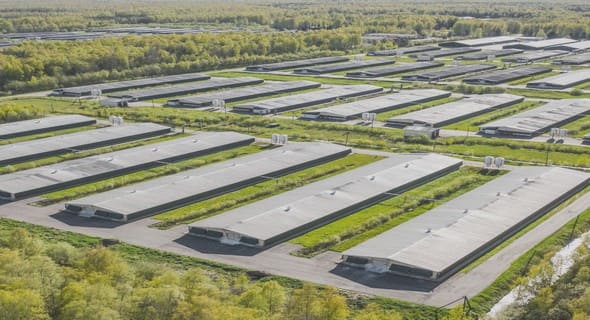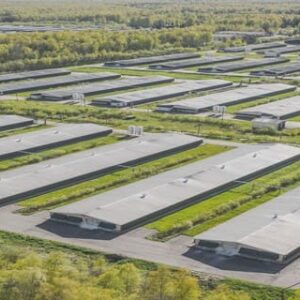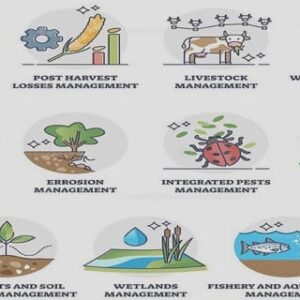(Downloads - 0)
For more info about our services contact : help@bestpfe.com
Table of contents
General introduction
1 Objectives
2 Material and methods
3 Results
I Agricultural innovation, outcome of the R&D process
1 A century of transformations of agricultural production
1 From crops picking to pharming: a brief history of varieties R&D in the 20th century
1.1 The publicly-funded development of selected and cross-bred traditional varieties, and the emergence of the private sector .
1.2 Biotechnologies in agriculture
2 Highly productive varieties developed and commercialized by a concentrated private sector
2.1 R&D on plants varieties has allowed the development and adoption of highly productive varieties
2.2 Concentration in the private sector of R&D on plant varieties
3 Different channels for the impact of plant varieties R&D on the environment
3.1 The role of crops R&D in sustainable intensification and land sparing
3.2 Crops R&D and greenhouse gas emissions
3.3 Crops R&D and chemicals use
3.4 Agricultural R&D and land use
3.5 Coexistence of newly developed crops and other organisms .
3.6 Innovation and resistance
2 May innovation on varieties share agricultural land with nature, or spare land for it?
1 Literature review and motivation
2 The model
2.1 Herbicide tolerant varieties
2.2 Drought tolerant varieties
2.3 Insect resistant varieties
2.4 Comparison with empirical results
3 Discussion
3.1 Market effects of agricultural innovation on land sparing
3.2 Crops at the crossroads of agricultural research and conservation policies
3.3 Perspectives
Appendix
II Institutions for R&D on varieties
3 Evolution of plant intellectual property protection regimes
1 Introduction to intellectual property protection
1.1 From idea to IP
1.2 Requirements and rights associated to intellectual property protection
1.3 Timing of IP rights – First-to-file and first-to-invent – Prior user defense
2 Intellectual property protection on agricultural varieties
2.1 Different intellectual property protection regimes
2.2 Exemples of agricultural IPR implementation
3 The influence of the intellectual property protection regime on the agricultural R&D market
4 Economic assessment of R&D on varieties
1 Theoretical frameworks of analysis of the social value of R&D on varieties
1.1 Valuing competitively supplied innovation – Griliches (1958) .
1.2 Valuing oligopolistically supplied innovation – Moschini and Lapan (1997)
2 Quantitative valuation of R&D on varieties
2.1 Empirical evaluations of publicly or competitively supplied funded innovation
2.2 Empirical evaluation of monopolistically supplied innovation .
3 (Why) is investment in agricultural research on varieties insufficient ?
4 Social value of agricultural innovation in presence of environmental externalities
4.1 Direction and magnitude of the environmental externalities of agricultural R&D
4.2 Valuation of the environmental externalities of agricultural R&D
III R&D on varieties: a competitive process
5 Models of patent races and theoretical analysis of IPP design
1 Stochastic static model of innovation race
1.1 Loury (1979)
1.2 Lee and Wilde (1980)
2 Theoretical analysis of IPP design
2.1 The basic characteristics of IP: duration and breadth
2.2 IP regime and subsequent innovations
2.3 Competition for R&D and IPP design
3 Modeling R&D on agricultural varieties and its specific features .
3.1 Modeling appropriability and markets in the agricultural innovation process
3.2 Pest adaptation and innovation
3.3 Comparing different regimes of intellectual property protection in agriculture
3.4 Optimal R&D effort and IP protection on plant varieties in presence of environmental externalities
Appendix
6 Model of patent race in presence of environmental effects
1 Literature review and motivation
2 The model
2.1 Duopoly R&D effort
2.2 Social planner’s R&D effort
2.3 Monopoly’s R&D effort
3 Discussion
3.1 Environmental effects in the innovation analysis framework
3.2 Policy implications for intellectual protection and public support to R&D
3.3 Perspectives
Appendix
General conclusion
1 Main results
2 Limitations
3 Perspectives
Bibliography



